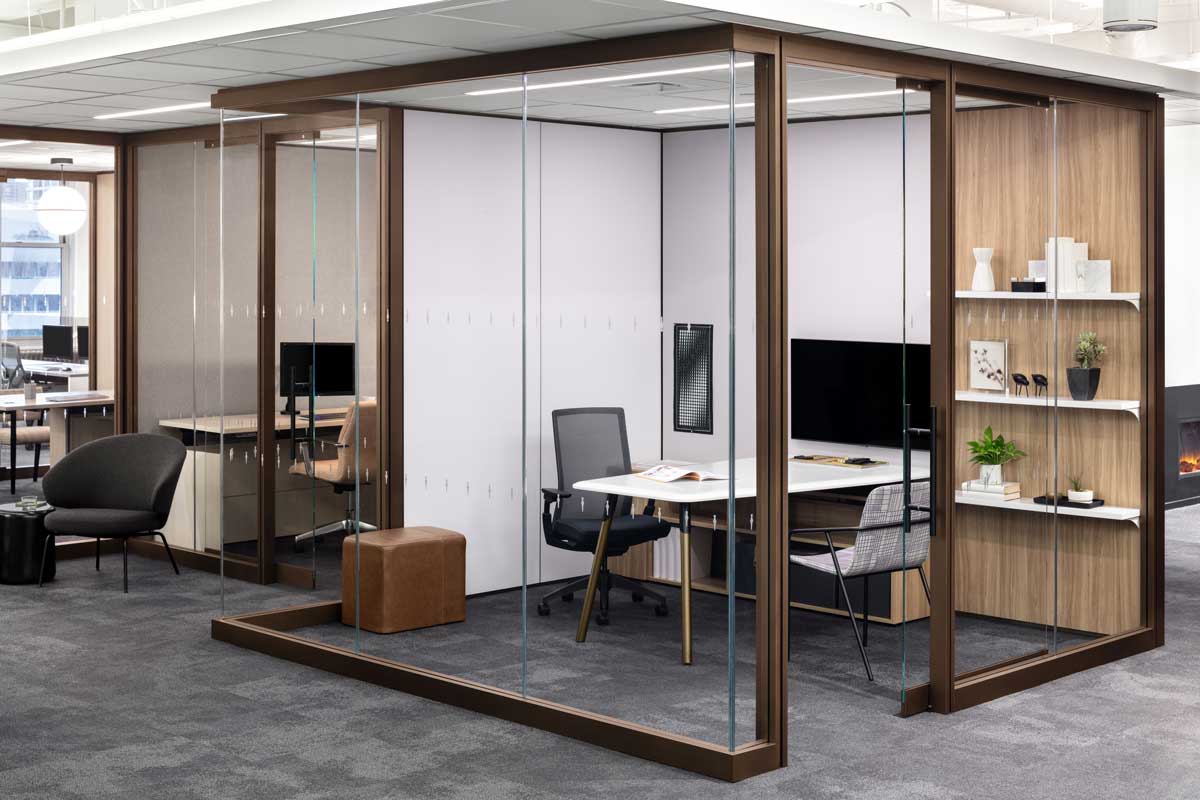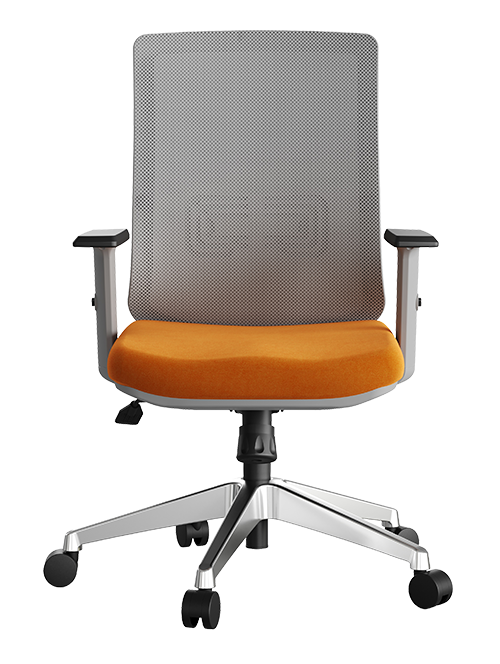Ergonomics & Wellness Reflections for Modern Leaders
Ergonomic and Wellness-Oriented Design Elements
Ergonomic furniture to promote employee health and comfort. Prioritizing ergonomic furniture is essential for promoting employee health and comfort, ultimately contributing to increased productivity and job satisfaction. Ergonomic furniture, designed with the user’s physical needs in mind, can help prevent work-related injuries and enhance overall wellbeing.
While not a new concept and something we have prioritized for years in the workplace, a modern leader recognizes the importance of a comfortable work environment and would therefore invest in ergonomic office equipment such as adjustable chairs, sit-stand desks, and monitor stands. These interventions, mostly standard in today’s workplaces, not only underline a commitment to the workforce’s health but also foster a culture of wellbeing, which is a key component of modern, people-centric leadership.
Such investments communicate a company’s commitment to its employees, leading to increased morale, retention, and productivity.?
Integrating greenery and natural elements to enhance the overall ambiance.
Modern leaders prioritize the integration of greenery and natural elements in the workspace, recognizing its role in improving ambiance and bolstering employee well-being.
By employing biophilic design, including indoor plants and natural light, they enhance both aesthetic appeal and air quality. This investment reflects a commitment to a healthy, engaging work culture, thus supporting overall productivity and job satisfaction.
Offering wellness amenities like relaxation spaces, and wellness programs.
Offering wellness amenities such as relaxation spaces, wellness rooms, and comprehensive wellness programs play a crucial role in fostering a healthy and motivated workforce.
These amenities provide an environment for employees to recharge, manage stress, and maintain their physical health.
A modern leader leverages these facilities to promote work-life balance, encouraging employees to take necessary breaks and participate in wellness activities. By prioritizing employee wellbeing, leaders not only improve productivity and engagement but also cultivate a supportive and inclusive workplace culture, reflecting contemporary leadership’s focus on holistic employee wellness.
Leveraging Inclusive Design concepts to promote diversity and support inclusivity in the workplace.
Promoting diversity and inclusivity in the workplace can be significantly enhanced through thoughtful inclusive design choices. Fusing elements around neurodiversity, trauma informed design and accessibility features for differently-abled employees promotes a sense of belonging and inclusion in the workplace.
A modern leader understands and employs these design elements to create a workspace that celebrates diversity and encourages all team members to contribute their unique perspectives. Through these efforts, leaders can foster a sense of belonging, enhance team collaboration, and stimulate innovation, thus leading effectively and supporting their teams in a comprehensive manner.
Feedback and Continuous Improvement.
Feedback, continuous improvement, and responsiveness to team needs are fundamental for effective team management in today’s evolving work environment.
A modern leader appreciates these dynamics and employs regular check-ins, surveys, or digital platforms to gather feedback on workplace satisfaction and individual needs.
This openness to feedback allows leaders to understand their team’s needs better and be adaptable in their approach to addressing them. By fostering a culture of continuous improvement, leaders not only enhance team performance but also boost workplace satisfaction, ensuring a resilient and engaged team committed to shared objectives.

Conclusion
To summarize, the rapidly evolving nature of workplaces, inspired by technological advancements and the changing dynamics of employee expectations, significantly influences the ability of modern leaders to effectively lead teams.
The shift from a static, rigid work environment to a flexible, agile, and digitally equipped workplace has presented leaders with a novel set of tools to adapt, inspire, and drive teams towards shared goals. The success of a modern leader now largely hinges on their ability to leverage the advantages of modern workplaces, promoting innovation, creativity, and open communication.
Modern workplaces provide leaders with an environment that fosters collaboration and breaks the silos, which were a common drawback in traditional setups. As the nature of work continues to transform, leaders who will stay ahead are those who embrace these changes and use them as a means to optimize team performance, drive employee engagement, and ultimately, contribute to business success.


